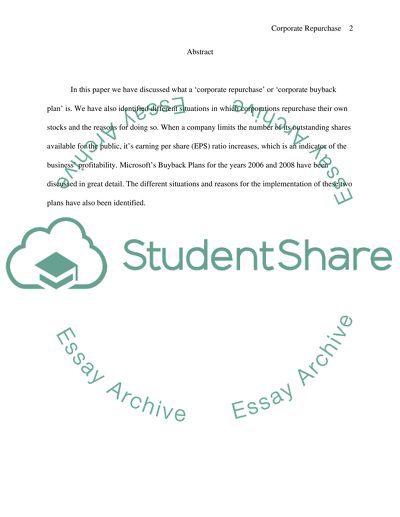Cite this document
(“Corporate Repurchase Research Paper Example | Topics and Well Written Essays - 2000 words”, n.d.)
Corporate Repurchase Research Paper Example | Topics and Well Written Essays - 2000 words. Retrieved from https://studentshare.org/miscellaneous/1504547-corporate-repurchase
Corporate Repurchase Research Paper Example | Topics and Well Written Essays - 2000 words. Retrieved from https://studentshare.org/miscellaneous/1504547-corporate-repurchase
(Corporate Repurchase Research Paper Example | Topics and Well Written Essays - 2000 Words)
Corporate Repurchase Research Paper Example | Topics and Well Written Essays - 2000 Words. https://studentshare.org/miscellaneous/1504547-corporate-repurchase.
Corporate Repurchase Research Paper Example | Topics and Well Written Essays - 2000 Words. https://studentshare.org/miscellaneous/1504547-corporate-repurchase.
“Corporate Repurchase Research Paper Example | Topics and Well Written Essays - 2000 Words”, n.d. https://studentshare.org/miscellaneous/1504547-corporate-repurchase.


